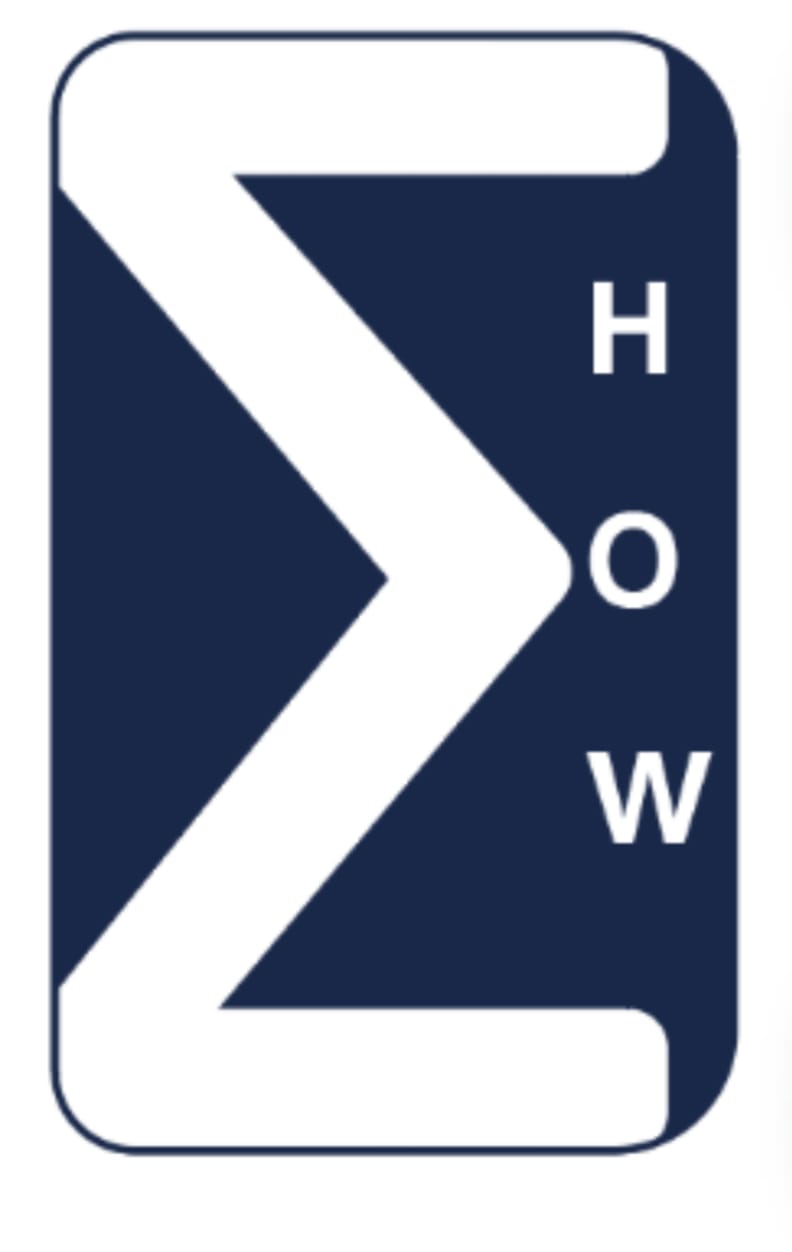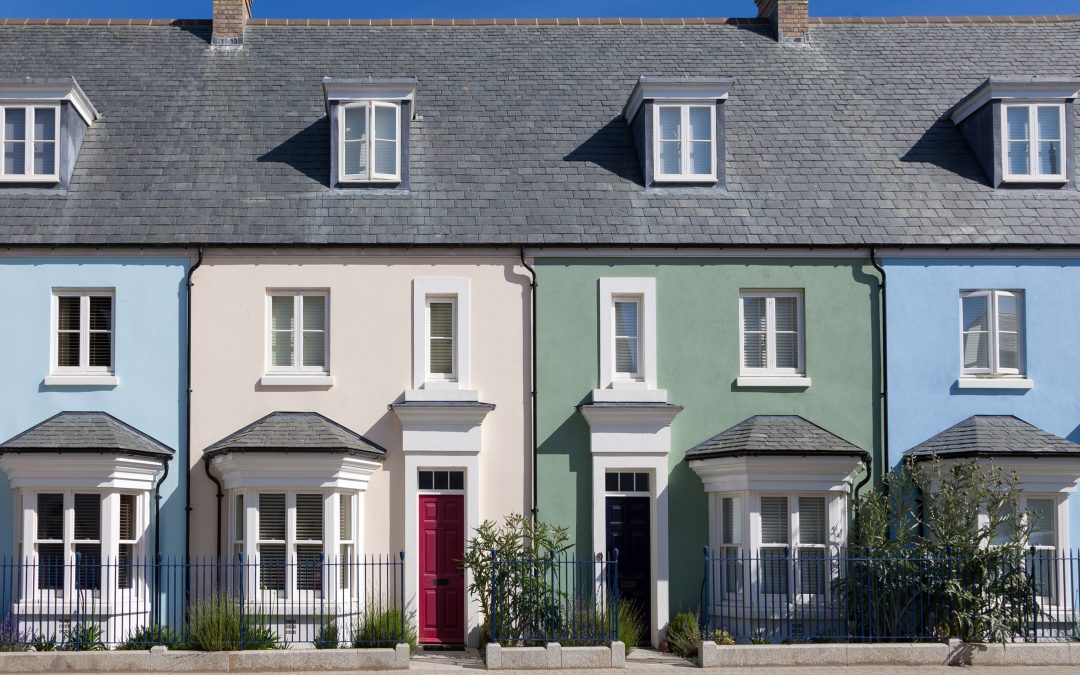In recent years, there’s been a bit of a boom in the buy-to-let market, as more people seek to diversify their income streams. It could form part of your retirement plan, or you might just see it as a good investment as property tends to go up in value.
But since interest rates have changed, and property is ever more expensive (especially in Bristol) is it still a good idea?
Think about rising interest rates
Interest rates are the big kicker when it comes to buy-to-let mortgages. In the olden days of 1% mortgages, buying property to rent out was cheaper.
But now residential mortgage rates are sitting around 4-5%. And interest rates ae higher on buy-to-let than residential mortgages. So you’re probably looking at fixed rate buy-to-let mortgage products that priced between around 5% and 6% now.
Those rates could mean that you need higher rental incomes to make it profitable. That’s not impossible, but you have to keep competitive with the rest of the market to continue to secure tenants for your property.
Don’t forget the cost of compliance
As the landlord, you have to keep the property in a good state of repair, and bear the cost of compliance. So all the maintenance, repair and insurance costs will fall to you.
When it comes to compliance, your property will have to have to achieve an EPC rating of C by 2030. For some properties, that means investing in a new boiler, or cavity wall insulation for example.
You also need to pay for electrical safety checks every five years, and gas safety checks every year. Before any tenants can move in, you’ll need smoke alarms on every floor, and a legionella risk assessment of the property.
You need a large deposit
Usually when we think about residential deposits, we think about 10%, or even 5%.
But for a buy-to-let mortgage, lenders will usually expect a minimum deposit of 15%, and most will require 25%. So you’ll need a lot of cash up front before you can invest in your buy-to-let property.
Additional taxes
There’s an additional 3% on top of the normal Stamp Duty that you have to pay, when you buy the property.
You also have to pay income tax on your rental income once you’re up and running.
And when it comes to selling the property, you may have to pay Capital Gains Tax, if the property has increased in value since you bought it.
If you’re switching from a residential to buy-to-let
Perhaps you’re thinking about renting out the property that you currently live in, while you move elsewhere.
The first thing to do is ask the lender’s permission to turn your mortgage into a buy-to-let mortgage. They’ll usually agree to this if you have sufficient loan to value equity in the property (usually you need around 70%).
You might have to pay higher interest rates when you switch to a buy-to-let mortgage so you’ll need to take that into account when you think about the rent you’re charging.
This can be quite a specialist area so it’s a good idea to have a mortgage broker on board to help you out. We can recommend a few trustworthy brokers if you’d like a recommendation.
Is it worth it?
So is it worth it? It all depends upon your financial situation. The landscape is different now than it was a few years ago, now that interest rates are higher. The buy-to-let market has depleted in recent years because of this.
But Bristol and the surrounding areas have lots of demand for rental properties, from students, young professionals, and families. There are plenty of people looking to rent and you’d have good reason to be hopeful that your property will be filled with tenants.
If you’d like to chat about the purchase of a house that you’re buying as a buy-to-let, please feel free to get in touch. We can help you with the conveyancing aspects, and put you in touch with good quality mortgage brokers and estate agents.

